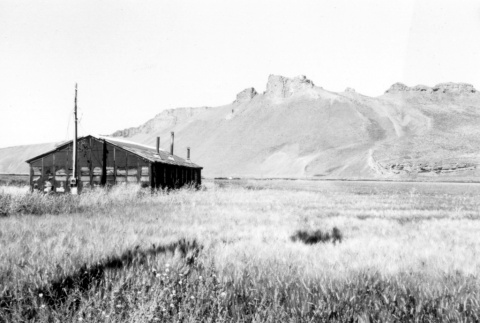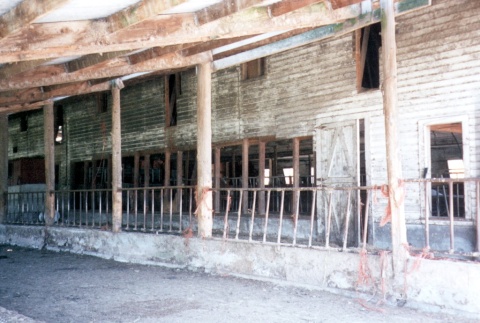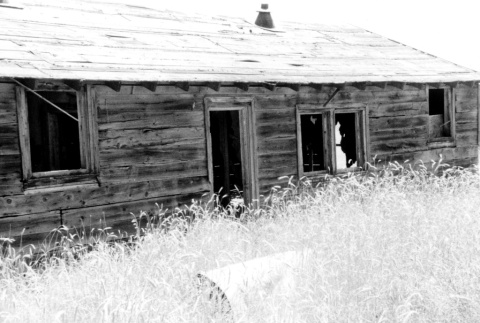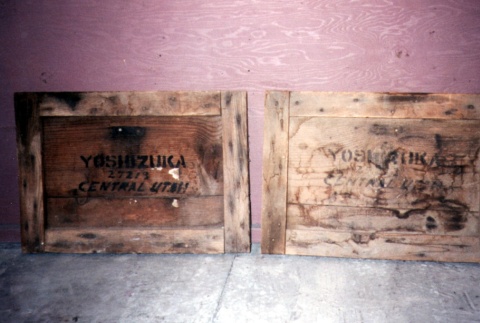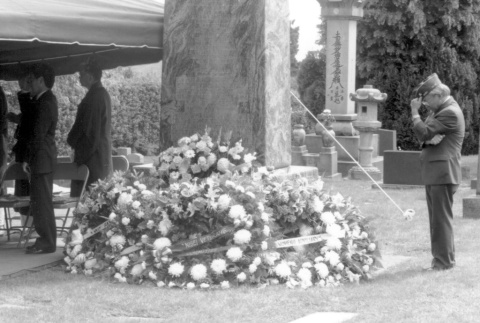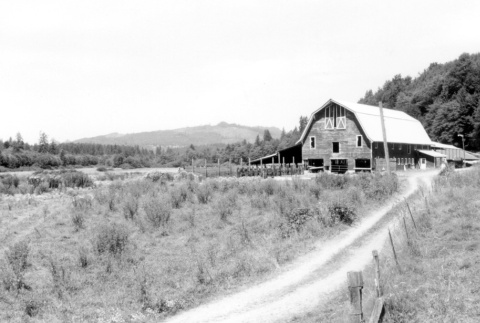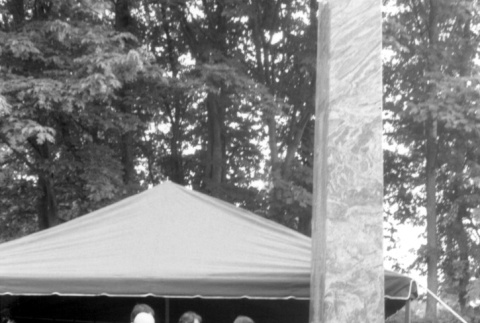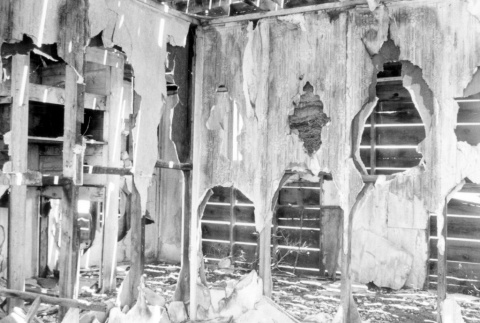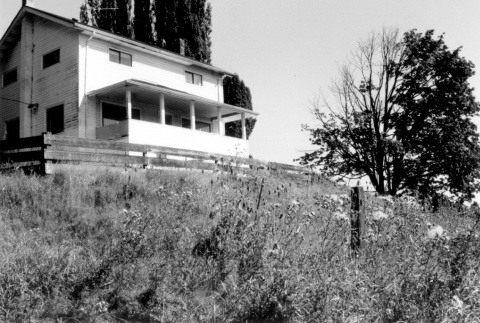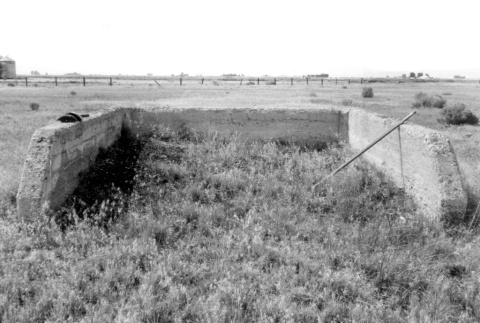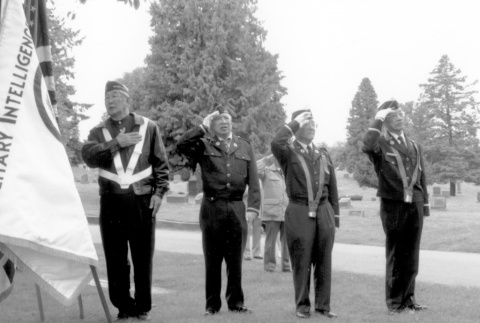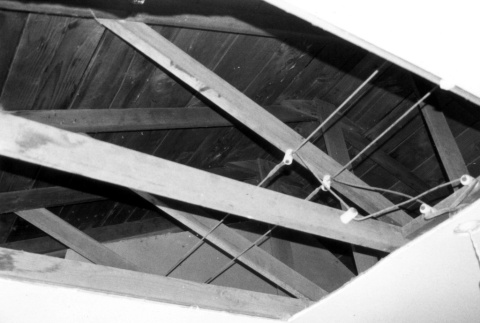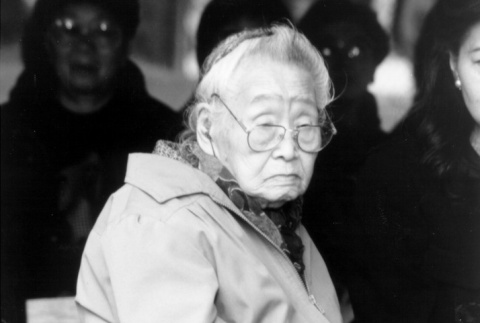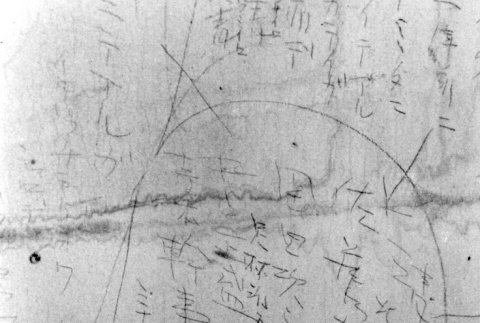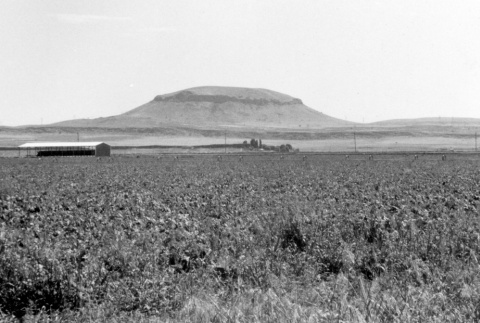106 items
106 items

img
Staff member looking at photo album (ddr-densho-506-58)
Staff member looking at black and white photo in an album while in office.
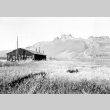
img
Exterior of barracks and Castle Rock (ddr-densho-35-4)
These barracks are now on the property of a Tule Lake farmer. A rock formation that the Japanese Americans called "Castle Rock" can be seen in the background. After obtaining permission to go through the gates, camp inmates could climb to the top of the formation.

img
Current view of barn on former Issei dairy farm (ddr-densho-35-47)
An Issei couple operated a large dairy farm in a town formerly known as Days, Washington. The 1,300 acre farm had a property line that extended beyond the area shown here. With the advent of World War II, the Nakashimas were forced to sell their property for a fraction of its worth. This is the interior …

img
Exterior of barracks (ddr-densho-35-15)
These barracks are one of two owned by a local farmer. The exterior has not been renovated.
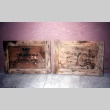
img
Artifacts, Tule Lake concentration camp (ddr-densho-35-38)
The Tule Lake Museum, located on the fairgrounds, displays artifacts from the Tule Lake concentration camp. Shown here are parts of a wooden crate that presumably held items belonging to a camp inmate. The 27213 designation was probably the owner's family number.
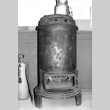
img
Coal-burning heater (ddr-densho-35-25)
The Tule Lake museum, located on the town's fairgrounds, contains artifacts from the Tule Lake concentration camp. Coal-burning heaters such as the one shown here were the primary source of heat for the camp inmates.

img
Nisei veteran Memorial Day service (ddr-densho-35-54)
This man bows his head in honor of the Nisei veterans. This annual service takes place at the Lakeview Cemetery in Seattle, Washington.

img
Washroom foundation (ddr-densho-35-19)
This is a foundation from an old washroom. The Japanese Americans in camp did not have private washrooms, showers, toilets, or laundries. Each block, made up of approximately twelve barracks, shared such facilities.
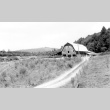
img
Current view of barn on former Issei dairy farm (ddr-densho-35-37)
An Issei couple operated a large dairy farm in a town formerly known as Days, Washington. The property line extended beyond the area shown here. With the advent of World War II, they were forced to sell their property for a fraction of its worth. This is the barn previously owned by the couple. Days, Washington …

img
Exterior of barracks (ddr-densho-35-6)
Local farmers now own a few barracks from the Tule Lake concentration camp. The buildings are used for storage, have been made into homes and garages, or are abandoned, like this one. The exterior of the barracks have remained almost untouched since World War II.

img
Washroom foundation (ddr-densho-35-18)
This is a foundation from an old washroom. The Japanese Americans in camp did not have private washrooms, showers, toilets, or laundries. Each block, made up of approximately twelve barracks, shared such facilities.
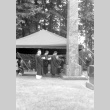
img
Nisei veteran Memorial Day service (ddr-densho-35-50)
This service honoring deceased Nisei veterans takes place every Memorial Day weekend at the Lakeview Cemetery in Seattle, Washington.

img
Interior of barracks (ddr-densho-35-16)
These barracks are one of two owned by a local farmer. The interior appears to have been untouched since World War II.

img
Current view of farmhouse on former Issei dairy farm (ddr-densho-35-34)
An Issei couple operated a large dairy farm in a town formerly known as Days, Washington. The 1,300 acre farm also included valuable timber that grew on the property. With the advent of World War II, the couple was forced to sell their farm for a fraction of its worth. This is the original farmhouse that …

img
Boiler-room foundation (?) (ddr-densho-35-20)
This is believed to be the foundation of an old boiler room. The barracks apartments did not have running water. If a Japanese American wanted water, he or she would have to go to a communal facility such as the washroom. The boiler heated the water for the washroom, shower, and laundry.
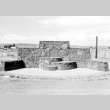
img
Monument (ddr-densho-35-2)
In 1979, to commemorate the Tule Lake concentration camp, the Japanese American Citizens League and the California State Department of Parks and Recreation erected this monument, located outside the stockade area.

img
Nisei veteran Memorial Day service (ddr-densho-35-55)
Every Memorial Day weekend, there is a service that honors Nisei veterans. The service takes place at the Lakeview Cemetery in Seattle, Washington.

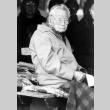
img
Four-star mother (ddr-densho-35-51)
This four-star mother is at the annual Nisei Veteran Memorial Day service. The service takes place at the Lakeview Cemetery in Seattle, Washington. This woman received her United States citizenship on March 21, 1997 at the age of 100 years. She died on June 29, 1998.
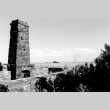
img
Current view of the Minidoka concentration camp (ddr-densho-35-29)
This is the remainder of the Minidoka concentration camp. Currently, the area is used for agriculture. According to a former camp inmate, this chimney is from a room that was used as a waiting area for camp visitors.
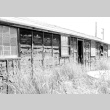
img
Exterior of barracks (ddr-densho-35-5)
These barracks housed Japanese Americans during World War II. There were approximately twelve barracks to a block and six apartments per barracks. Each apartment was 100 x 20 feet and housed one family. The exterior of these barracks have remained virtually untouched since World War II.
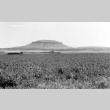
img
Former site of Tule Lake concentration camp, California (ddr-densho-35-17)
Japanese Americans at the Tule Lake concentration camp called this natural formation "Abalone Hill" because of its shape. Abalone Hill and Castle Rock are two major formations near the camp area.
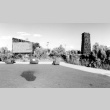
img
Current view of the Minidoka concentration camp (ddr-densho-35-27)
This is the remainder of the Minidoka concentration camp, which was located in the wastelands of Idaho. Currently, the area is used for agriculture. A few structures as well as several monuments mark the site of the camp's 1942 location.

